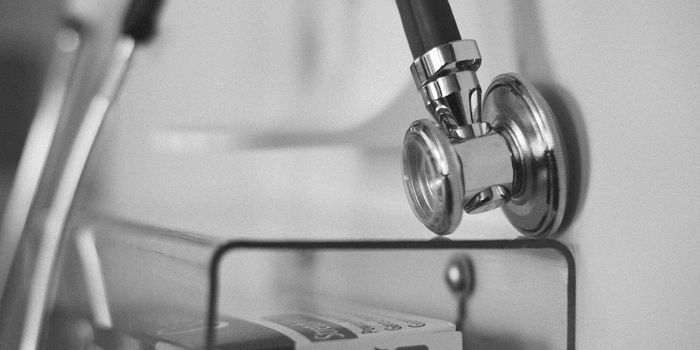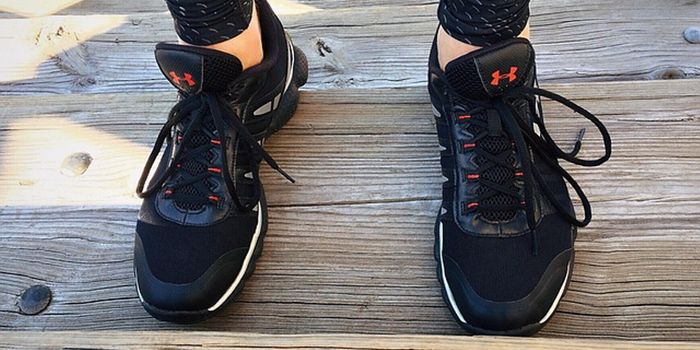An Eye Test Can Detect Some Types of Autism
Autism is thought to affect about one of every 36 American children. New research has shown that it may be possible to diagnose the disorder in some kids with a relatively simple test that assesses eye movement when a child's head is turning. Autism or autism spectrum disorder has been linked to changes in some genes, such as SCN2A, which forms ions channels in the brain in places like the cerebellum; that part of the brain is related to coordinating movement. Since charged ions move into and out of cells through such channels, they can be crucial to the formation of electric charges, and thus, cell signaling and function. Changes in the SCN2A gene have been associated with severe epilepsy, intellectual disability, and autism spectrum disorder.
Children with certain SCN2A variants have a severe form of autism. Researchers determined that these kids also have an unusual type of reflex action in which the gaze is stabilized while the head is in motion: the so-called vestibulo-ocular reflex (VOR). In children with the SCN2A variant that leads to autism, the VOR is exaggerated, and this phenomenon can be detected with an eye-tracking device. The findings have been reported in the journal Neuron.
"We can measure it in kids with autism who are non-verbal or can't or don't want to follow instructions," said co-senior study author Kevin Bender, PhD, a professor at the UC San Francisco (UCSF) Weill Institute for Neurosciences. "This could be a game-changer in both the clinic and the lab."
While hundreds of genetic variants have been linked to autism, SCN2A variants are some of the most common. This frontal lobe of the brain is related to aspects of socialization, which is impacted in autism. But mice that carry these autism-linked SCN2A variants do not have significant frontal lobe-related behavioral changes.
However, mice with those SCN2A variants do have an unusually sensitive VOR reflex, an action that is easy to trigger. Their eyes will compensate when they are rotated in one direction, by rotating in the opposite direction. Normally, this reflex is refined, such as when the eyes are focusing on a moving object while the head is also turning. But the reflex sticks in the mouse model.
Since this genetic variant was causing a detectable behavioral change in the mouse model, the researchers set out to determine if it this was occurring in humans as well. They set up a camera that tracked eye movement, and mounted it on a helmet.
Several families volunteered for this study, so there were five children with SCN2A variants who has been diagnosed with autism spectrum disorder and their neurotypical siblings who participated.
The kids sat in an office chair, and were rotated to the left and right. The researchers determined that the children with autism had hypersensitive VORs while the neurotypical siblings did not. By simply measuring eye movement during head rotation, the researchers were able to correctly determine who had autism.
This study was very small, so more research will be necessary before this test can be used in the clinic. However, it is an important early step in showing that such technology could work to make diagnosing autism spectrum disorder more straightforward in some cases.
The researchers also showed that when the mouse that modeled the SCN2A variant were treated with CRISPR-based gene therapy early in life - at only three days of age - these eye symptoms could be alleviated. When thirty-day-old mice with the variant were treated, their excessive reflex action was reduce somewhat but was not totally rescued. These experiments confirm that the chenge in reflex is likely due to the genetic variation.









